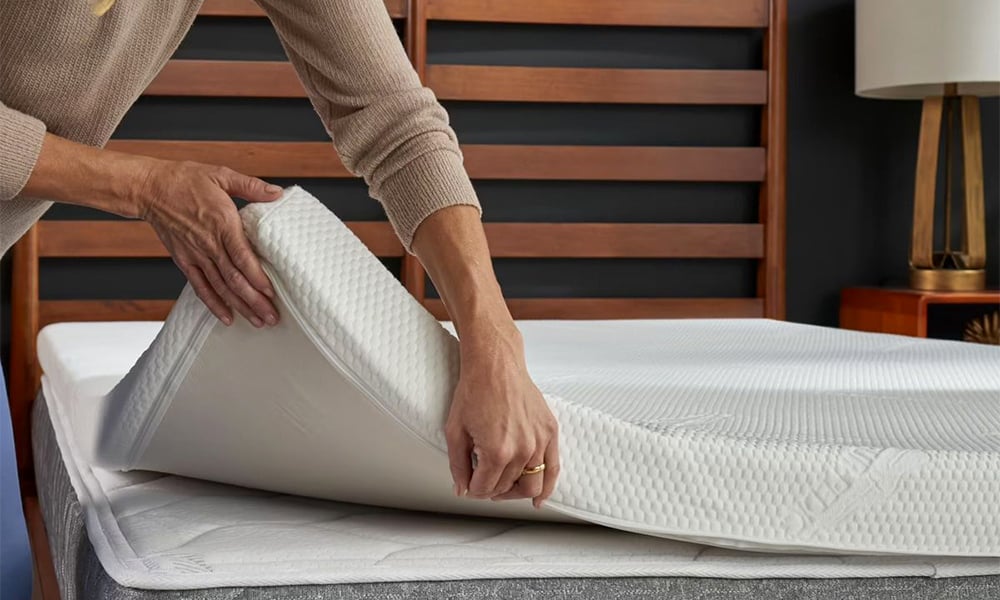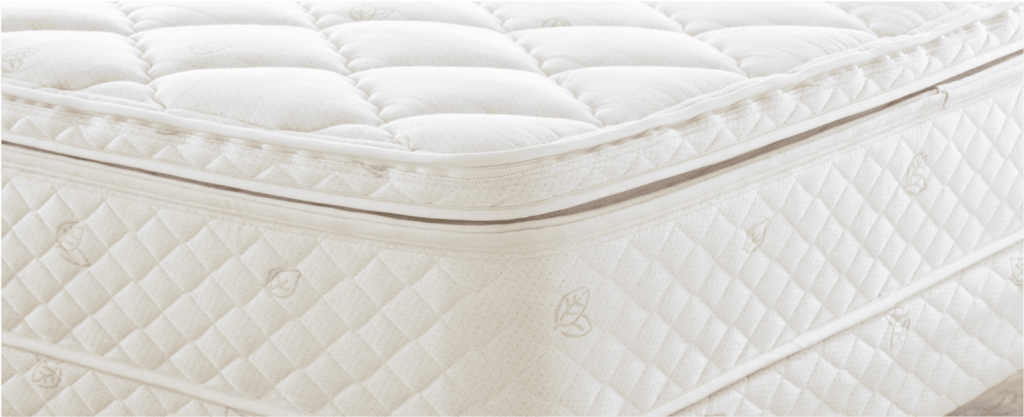Selecting the ideal mattress is crucial for restful sleep and general health. With numerous options available on the market, finding the best mattress can seem daunting. However, by understanding your personal preferences, considering key factors, and exploring different types of mattresses, you can make an informed decision that aligns with your sleep needs.
Here’s a comprehensive guide to help you find the best mattress for your specific requirements.
1. Evaluate Your Sleeping Preferences
Before exploring mattress options in Clark Rubber, assess your sleeping habits, preferences, and any specific needs you may have. Consider factors such as:
- Sleeping Position: Whether you sleep on your back, side, stomach, or a combination affects the type of mattress that will provide adequate support and comfort.
- Firmness Preference: Determine if you prefer a softer, medium, or firmer mattress based on your comfort level and any existing back or joint issues.
- Temperature Regulation: If you tend to sleep hot or cold, consider mattresses with cooling or heat-retaining properties.
2. Understand Different Mattress Types

There are several types of mattresses, each offering unique features, materials, and benefits. Familiarize yourself with the following common types:
- Memory Foam: Gives superior motion isolation and pressure relief while fitting your body’s contours.
- Latex: Offers responsive support, cooling properties, and durability. Natural latex mattresses are hypoallergenic and eco-friendly.
- Innerspring: Uses coils or springs for support, with varying firmness levels based on coil gauge and distribution.
- Hybrid: Combines memory foam or latex with innerspring coils, offering the benefits of both materials for enhanced comfort and support.
- Adjustable Air: Allows you to adjust firmness by inflating or deflating air chambers to suit individual preferences.
3. Consider Support and Alignment
A mattress should support your body’s natural alignment, especially for your spine, hips, and shoulders. Proper support ensures even weight distribution and reduces pressure points, promoting better sleep quality and minimizing discomfort.
- Firmness Levels: Choose a mattress firmness that maintains spinal alignment based on your sleeping position and body weight.
- Edge Support: Evaluate the mattress’s edge support, which prevents sagging and provides stability when sitting on the edge of the bed.
4. Check for Motion Isolation
If you share the bed with a partner or are sensitive to movement, consider mattresses with good motion isolation. Memory foam and latex mattresses excel in absorbing movement, minimizing disruptions during sleep.
- Testimonials and Reviews: Look for customer reviews that specifically mention motion transfer and isolation performance.
5. Durability and Longevity

Purchasing a sturdy mattress guarantees stability and comfort for a long time. Evaluate the mattress’s materials, construction, and manufacturer warranty to gauge its durability and expected lifespan.
- Materials: High-quality materials like dense foams, natural latex, and durable coils contribute to mattress longevity.
- Warranty Coverage: Check the manufacturer’s warranty for terms related to sagging, defects, and structural issues.
6. Trial Period and Return Policy
Many mattress brands offer trial periods ranging from 30 to 365 nights, allowing you to test the mattress in your home environment. Familiarize yourself with the return policy and any associated fees or conditions for returning or exchanging the mattress if it doesn’t meet your expectations.
- Trial Period: Take advantage of the trial period to assess comfort, support, and overall sleep quality.
- Return Process: Understand the steps and timeline for initiating a return or exchange if needed.
7. Budget Considerations

Establish a budget range based on your mattress preferences, quality expectations, and desired features. While cost shouldn’t compromise sleep quality, there are options available across different price points to suit various budgets.
- Value vs. Price: Balance affordability with quality and long-term benefits when comparing mattress options.
- Sales and Promotions: Look for discounts, seasonal sales, or promotional offers to maximize your budget without compromising on mattress quality.
8. Health Considerations
If you have specific health conditions such as allergies, asthma, or chronic pain, choose a mattress that addresses these concerns. Hypoallergenic materials, antimicrobial properties, and orthopedic support options are available to accommodate various health needs.
- Certifications: Look for mattresses certified for low VOC emissions, eco-friendly materials, or specific health benefits like back pain relief.
9. Read Customer Reviews and Recommendations
Customer reviews provide valuable insights into mattress performance, durability, and overall satisfaction. Read reviews from verified purchasers to understand real-life experiences and potential pros and cons of different mattress models.
- Review Platforms: Utilize reputable review platforms and forums where customers share detailed feedback and recommendations.
- Personal Recommendations: Seek recommendations from friends, family, or healthcare professionals who have purchased mattresses suitable for similar sleep needs.
Choose the Best Mattress
Finding the best mattress involves thorough research, consideration of personal preferences, and understanding the features and benefits of different mattress types. By evaluating factors such as sleeping position, mattress type, support and alignment, and durability, you can narrow down options that meet your specific sleep requirements.
Take advantage of trial periods and return policies to test the mattress in your own home and ensure optimal comfort and satisfaction. Investing in a quality mattress tailored to your needs contributes to better sleep quality, improved health, and overall well-being.











